When the pandemic hit in early 2020, most people worried about masks, ventilators, and hospital beds. But behind the scenes, something just as dangerous was unfolding: drug shortages. Essential medications-from antibiotics to insulin to blood pressure pills-started disappearing from pharmacy shelves. At the same time, the illegal drug market became deadlier than ever. Two crises. One pandemic.
Drug shortages spiked in the first months of the pandemic
From February to April 2020, nearly one in three reports of supply chain problems led to actual drug shortages. That’s more than four times higher than before the pandemic. The most affected drugs were the ones hospitals relied on daily: sedatives for ICU patients, antibiotics for infections, and even basic medications like saline solutions. Many of these drugs are made from active ingredients sourced overseas, mostly from China and India. When factories shut down or shipping slowed, the ripple effect hit U.S. pharmacies fast.By May 2020, things started to improve. The FDA stepped in-pushing manufacturers to report shortages earlier, speeding up inspections, and temporarily allowing alternative suppliers. By summer, the number of new shortages dropped back to pre-pandemic levels. But that doesn’t mean the problem went away. It just went underground.
Some drugs never fully came back
Even after the initial surge faded, certain medications stayed hard to find. Generic drugs, which are cheaper and make up most of the market, were hit hardest. Why? Because manufacturers had little profit incentive to keep large stockpiles. If a drug sells for pennies per pill, companies won’t risk storing extra inventory. During the pandemic, that risk became reality. One hospital pharmacist in Ohio told me they went three weeks without a single vial of midazolam-a key sedative for emergency intubations. They had to switch to alternatives that weren’t as effective.Insulin shortages also lingered. People with diabetes were forced to ration doses or skip injections. A 2021 survey found that 1 in 5 U.S. adults with diabetes reported cutting back on insulin because they couldn’t afford or find enough. That’s not a supply issue-it’s a systemic failure.
The illegal drug market turned deadly
While prescription drugs vanished, street drugs became more dangerous. With border closures and lockdowns, traditional drug routes were cut off. Traffickers didn’t stop selling-they just made their products stronger and cheaper. Fentanyl, a synthetic opioid 50 to 100 times more powerful than heroin, started showing up in everything: counterfeit pills sold as oxycodone, cocaine, even methamphetamine.Overdose deaths didn’t just rise-they exploded. From May 2020 to April 2021, nearly 98,000 people died of drug overdoses in the U.S. That’s a 31% jump from the year before. In states like West Virginia and Kentucky, deaths climbed over 50%. People weren’t using more drugs-they were just getting poisoned by what they thought was the same thing they’d always used.
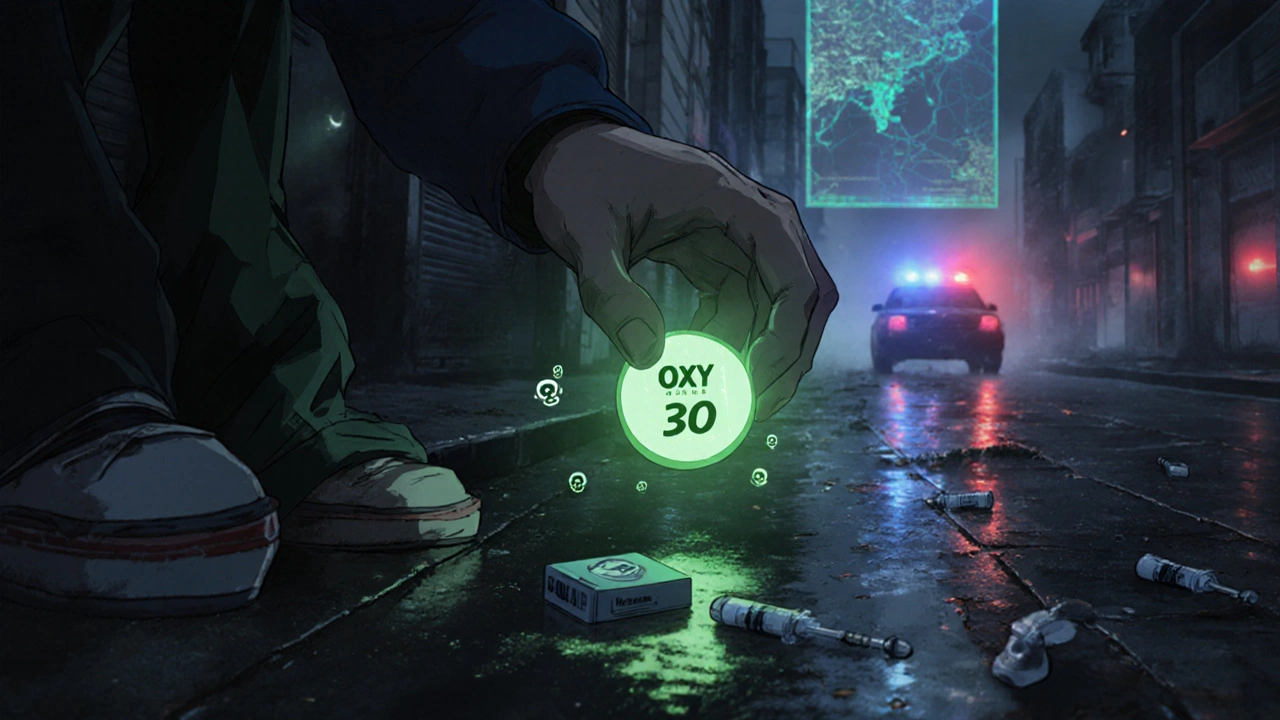
People who use drugs were left without support
Lockdowns didn’t just cut off drug supplies-they cut off lifelines. Needle exchanges shut down. Support groups moved online. Methadone clinics reduced hours. For people in recovery, these services weren’t optional-they were survival tools.A study from the National Institute on Drug Abuse found that in-person behavioral health visits dropped by 75% in the spring of 2020. Meanwhile, telehealth for addiction treatment jumped from less than 1% of visits to over 40%. That sounds good, until you realize many people didn’t have reliable internet, a smartphone, or privacy to talk on video. Older adults, rural residents, and those without stable housing were left behind.
One man in rural Kentucky told a reporter he hadn’t seen his counselor in six months. He’d been getting his buprenorphine through telehealth, but the app kept crashing. He didn’t know how to call for help. He relapsed. He overdosed. He survived.
Telehealth helped-but it wasn’t enough
The government did make some smart moves. For the first time, doctors could prescribe buprenorphine over the phone without an in-person visit. Take-home doses of methadone were extended from two weeks to a month for stable patients. These changes saved lives.But access wasn’t equal. In cities with good Wi-Fi and clinics, telehealth worked well. In places like Appalachia or the Mississippi Delta, many people still had to drive hours for a single dose. And for those without phones or transportation, nothing changed.
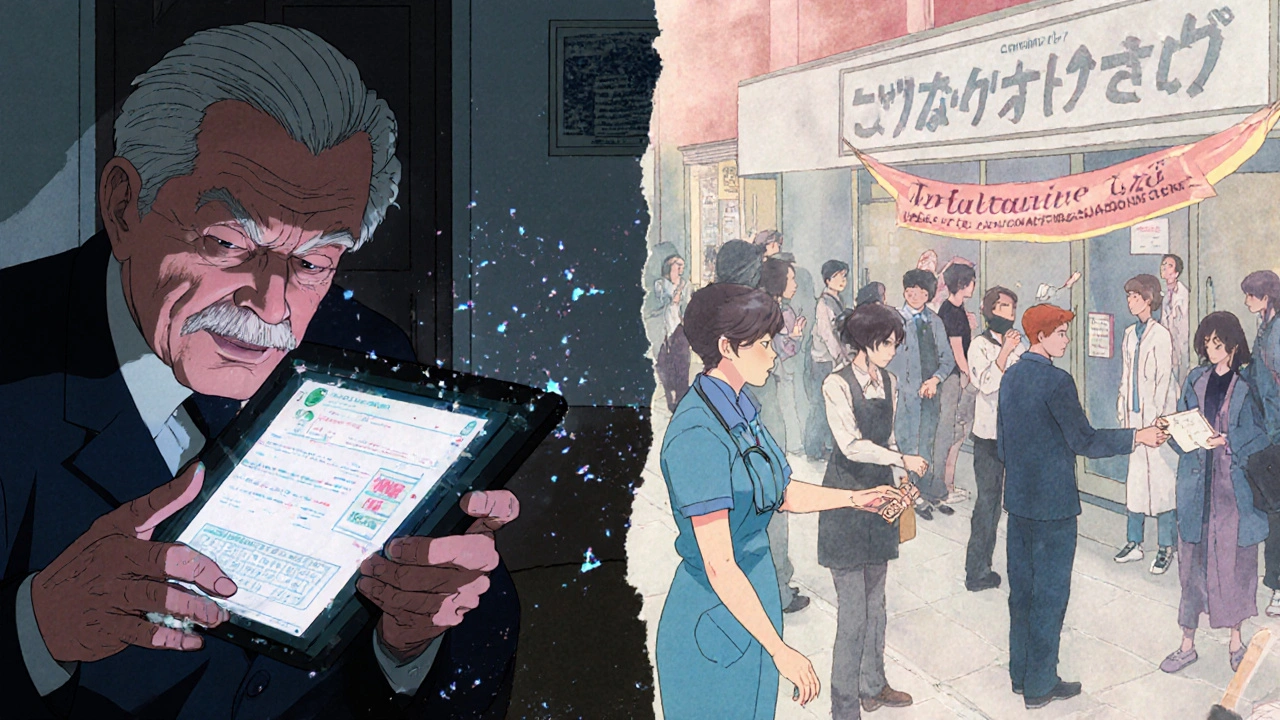
What’s still broken today
The pandemic exposed how fragile our drug supply system really is. We still rely on overseas factories for 80% of our active ingredients. We still let manufacturers decide whether to make cheap, life-saving drugs based on profit margins. And we still treat addiction as a criminal issue instead of a health one.The FDA has improved its tracking of shortages, and Congress passed a law in 2023 requiring more transparency in drug manufacturing. But those are Band-Aids. The real fix? Build domestic capacity. Pay manufacturers fairly to keep stockpiles. And treat addiction like any other chronic illness-with consistent access to medication and care.
Today, drug overdose deaths are still above 100,000 per year. Generic drug shortages still happen. People still die because a pill they thought was safe was laced with fentanyl. The pandemic didn’t create these problems-it just ripped off the cover and showed us how deep the rot goes.
What you can do
If you’re on a medication that keeps disappearing:- Ask your pharmacist to notify you when it’s back in stock
- Keep a 30-day supply on hand if possible
- Talk to your doctor about alternatives-some generics work just as well
- Join patient advocacy groups like the American Society of Health-System Pharmacists-they push for policy changes
If you or someone you know uses drugs:
- Always test for fentanyl with a test strip (they’re free at many harm reduction centers)
- Carry naloxone-it can reverse an opioid overdose
- Reach out to local organizations: needle exchanges, mobile clinics, and peer support groups are still operating
The pandemic taught us that drug availability isn’t just about supply chains. It’s about who gets care, who gets ignored, and who pays the price when systems fail.
Why did drug shortages happen during the pandemic?
Drug shortages happened because the pandemic disrupted global supply chains, especially for active pharmaceutical ingredients made in China and India. Factory shutdowns, shipping delays, and labor shortages meant manufacturers couldn’t produce enough. At the same time, demand spiked for certain drugs like sedatives and antibiotics used in COVID-19 treatment. The U.S. system relies on thin inventories and low-profit generic drugs, making it easy for shortages to spread.
Were all drug shortages temporary?
No. While most shortages returned to pre-pandemic levels after May 2020, some generic drugs-especially those with low profit margins-never fully recovered. Insulin, certain antibiotics, and critical care medications continued to be hard to find for months or even years. The underlying issue-lack of financial incentive for manufacturers to maintain stock-is still unresolved.
Did the pandemic make illegal drugs more dangerous?
Yes. With traditional drug routes disrupted, traffickers turned to fentanyl and other synthetic opioids to stretch supplies. Fentanyl is cheap to produce and extremely potent-even a tiny amount can be lethal. It ended up in counterfeit pills, cocaine, and methamphetamine. As a result, overdose deaths jumped by over 30% in 2020 and kept rising.
How did telehealth help people with addiction during the pandemic?
Telehealth allowed doctors to prescribe buprenorphine and methadone without in-person visits, which kept people in treatment during lockdowns. Prescriptions via telehealth jumped from 13% to 95% in just two months. For people in rural areas or with mobility issues, this was life-saving. But it didn’t work for everyone-those without reliable internet, smartphones, or privacy still struggled to get care.
What’s being done now to prevent future drug shortages?
The FDA now requires manufacturers to report potential shortages earlier. The 2023 National Defense Authorization Act includes new rules for supply chain transparency. Some states are investing in domestic manufacturing. But experts say real change needs financial incentives for companies to stockpile low-profit drugs and long-term policies that treat drug access as a public health issue, not just a market one.

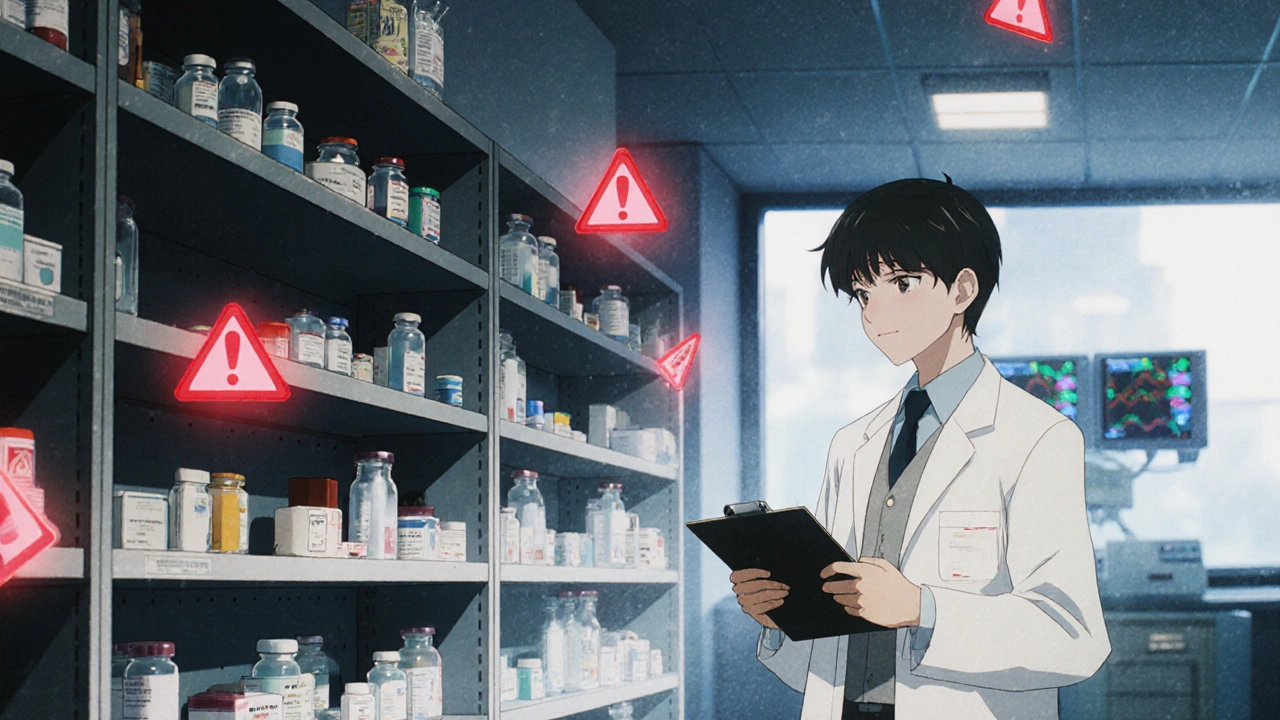
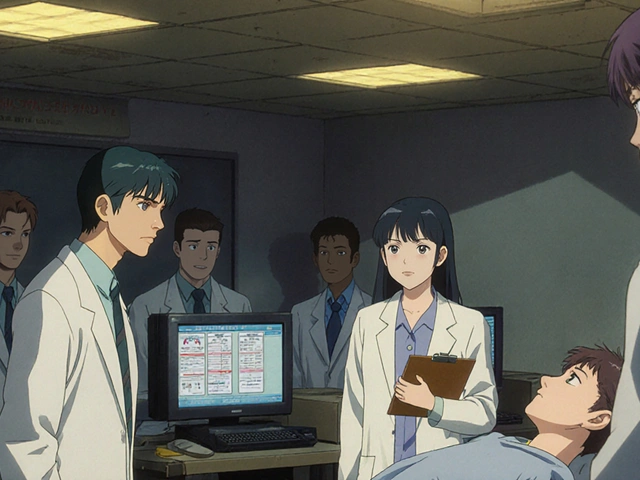
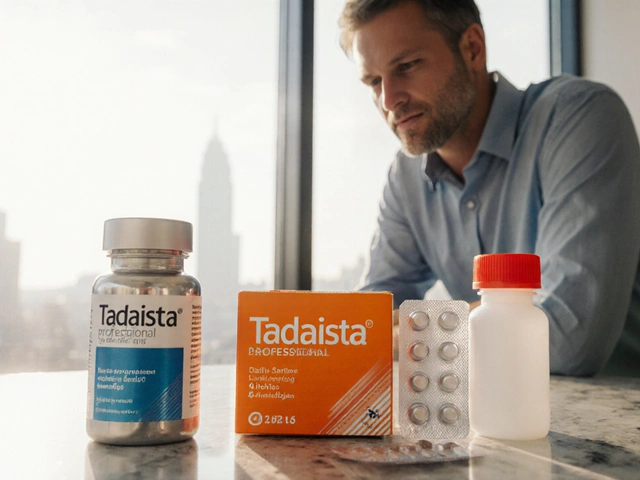
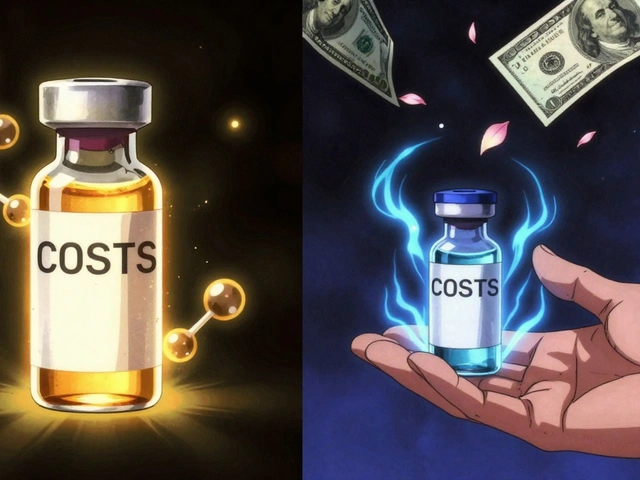
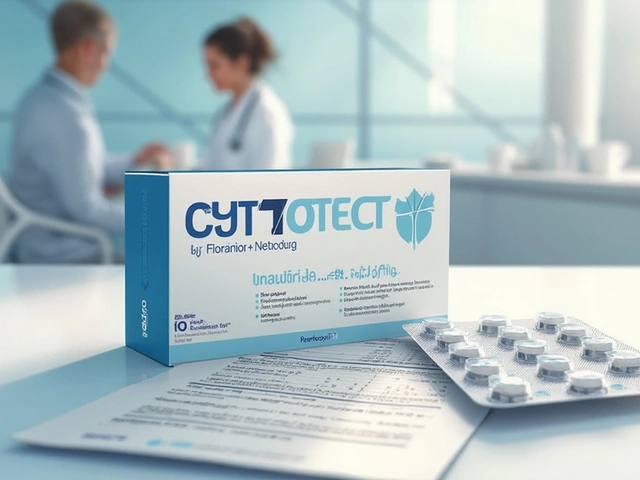

Philip Rindom
November 16, 2025 AT 23:20Man, I never thought about how much we take basic meds for granted. I had to switch my blood pressure pill last year because it kept disappearing. My pharmacist just shrugged and said, 'Guess they're out again.' No big deal, right? Until you realize people are skipping doses because they can't afford the alternative. This isn't just a supply chain glitch-it's a moral failure.
Erika Lukacs
November 18, 2025 AT 22:41It’s fascinating how capitalism optimizes for efficiency and not for resilience. The system was designed to run lean-no excess, no buffer, no safety net. But when a global crisis hits, the very thing that made it profitable-the absence of stockpiles-becomes its fatal flaw. We didn’t just lose drugs. We lost the illusion that markets always know best.
Jess Redfearn
November 20, 2025 AT 00:08so like... why dont we just make the pills here? like in america? its not that hard right?
Ashley B
November 21, 2025 AT 17:20Oh please. This is all a government psyop to make you scared of generics so they can push you into expensive brand-name drugs. And don’t even get me started on how Big Pharma owns the FDA. They let fentanyl flood the streets because they profit off the overdoses. The whole system is rigged. You think insulin is expensive now? Just wait till they start charging for oxygen too.
Scott Walker
November 21, 2025 AT 18:10rip. i had a friend in rural montana who went 3 weeks without her buprenorphine. she cried on the phone saying she felt like her brain was melting. telehealth was useless-her phone died, her internet cut out, and the clinic was 90 miles away. we drove her there. no one should have to do that just to stay alive. 🥲
Sharon Campbell
November 22, 2025 AT 06:47why is everyone acting like this is new? drugs have been hard to find since like 2015. also who even uses midazolam? sounds like a drug from a sci fi movie.
Brendan Peterson
November 22, 2025 AT 12:00There’s a documented correlation between pharmaceutical supply chain fragility and the rise in fentanyl-laced counterfeit pills. The 2020 border restrictions disrupted the supply of precursor chemicals used in illicit fentanyl synthesis, which forced traffickers to consolidate production into fewer, larger batches. This concentration increased potency variability and reduced quality control. The result? A dramatic spike in overdose mortality, particularly among users unaware of the altered pharmacology of their substances.
Jessica M
November 22, 2025 AT 12:30As a hospital pharmacist with 18 years of experience, I can confirm that the systemic underinvestment in generic drug manufacturing is not merely an oversight-it is policy. The U.S. government incentivizes innovation through patent protections, but provides no financial mechanism to sustain the production of low-margin, high-volume essential medicines. The FDA’s reporting requirements are a step forward, but without mandatory stockpile requirements and subsidies for domestic API production, we are merely rearranging deck chairs on the Titanic.
Rebekah Kryger
November 23, 2025 AT 07:46Let’s be real-this isn’t about ‘supply chains.’ It’s about the commodification of human survival. The fact that a diabetic has to ration insulin because a corporation decided it wasn’t profitable enough to produce in sufficient quantities is not capitalism-it’s genocide by spreadsheet. And don’t even get me started on how the DEA’s scheduling policies make harm reduction harder than buying a gun.
Victoria Short
November 24, 2025 AT 00:45yeah ok. but like... did anyone else notice the article didn't mention how much the price of insulin went up in 2019? this feels like a distraction.
Eric Gregorich
November 25, 2025 AT 02:17Think about it-when you strip away the noise, what we’re really seeing is the collapse of the social contract. We were told that if we worked hard, played by the rules, and paid our taxes, the system would protect us. But when the pandemic hit, the system didn’t protect anyone-it protected profits. The man in Kentucky who overdosed because his telehealth app crashed? He didn’t fail. The system failed him. And the same system that let him slip through the cracks is the one that lets a CEO earn $47 million while a grandmother skips her insulin doses. This isn’t a crisis of logistics. It’s a crisis of conscience. And until we start treating medicine like a human right and not a line item on a balance sheet, we’re just screaming into the void while people die in silence.
Koltin Hammer
November 26, 2025 AT 20:39There’s a quiet poetry in the way this unfolded. The same factories that made the pills keeping people alive were the ones silenced by lockdowns. The same global network that delivered coffee, phones, and sneakers overnight couldn’t deliver a vial of saline. We built a world where everything is instant except the things that actually matter. We optimized for convenience, not survival. And now we’re left wondering why the lights went out-not because the grid failed, but because we forgot how to maintain it.
Phil Best
November 28, 2025 AT 17:04Let me get this straight-we spent billions on PPE that sat in warehouses while people died without antibiotics, but we can’t fund a single domestic API plant? 🤡 The fact that we’re still having this conversation in 2024 means we’re not broken-we’re choosing to be broken. Time to stop asking for ‘solutions’ and start demanding justice.